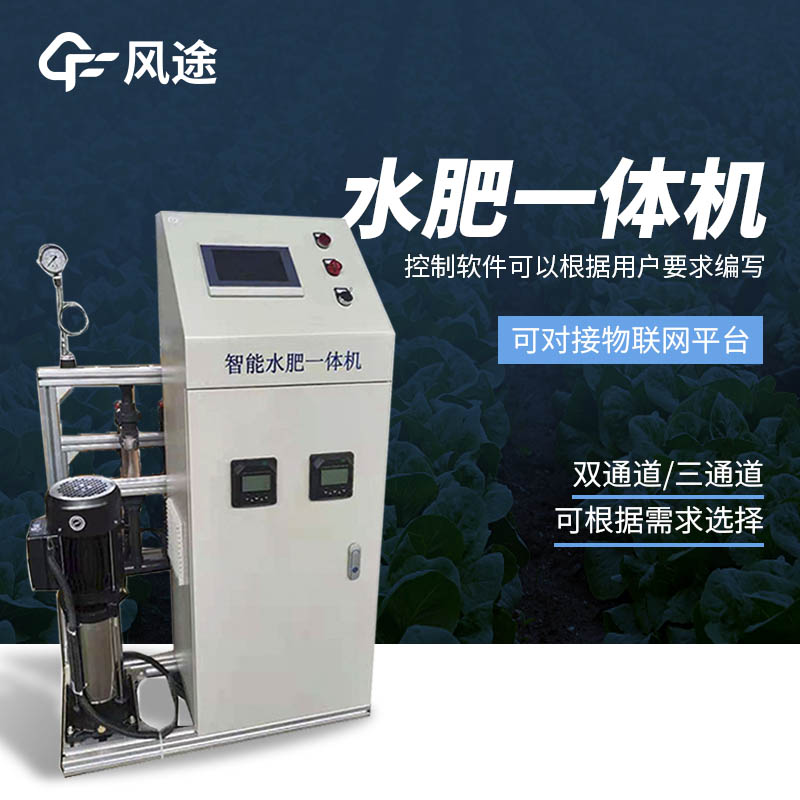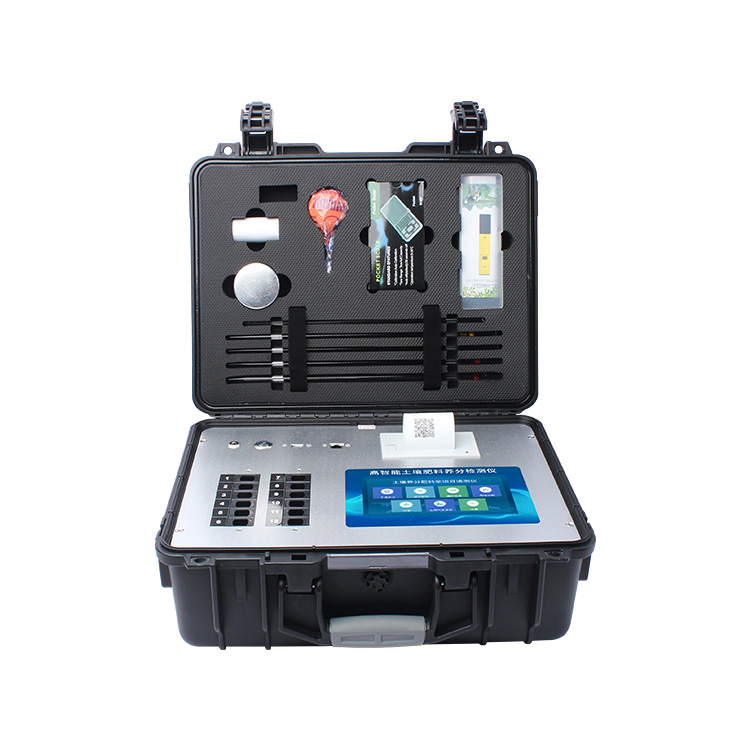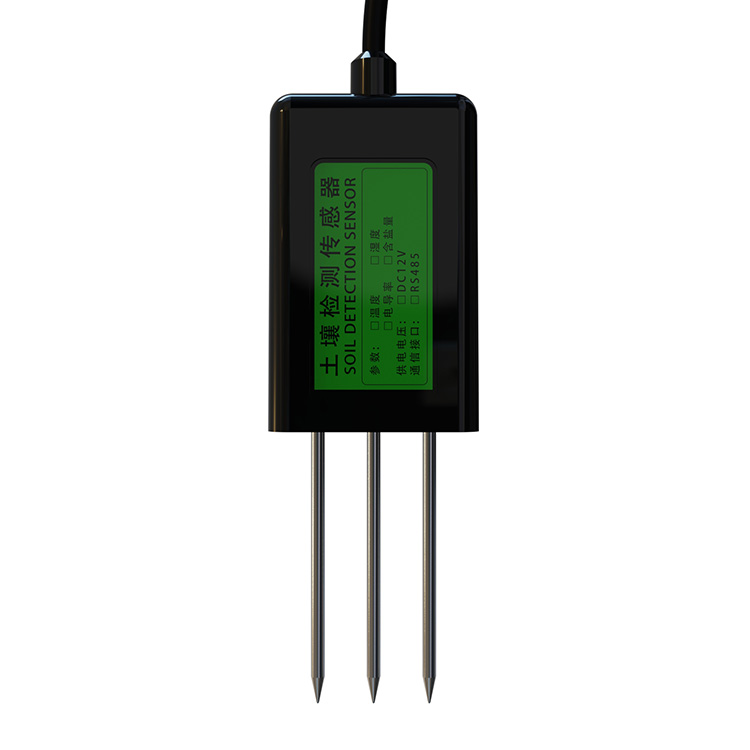In agricultural production, water and fertiliser are two core elements. For a long time, the shortage of water resources and the excessive use of chemical fertilisers have been the main factors restricting the development of agriculture in China. In order to break through these constraints, it has become particularly crucial to promote the development of water-saving agriculture, implement strategies to control the use of chemical fertilisers, and promote water-fertiliser integration technology. These measures help to improve the efficiency of water and fertiliser use in farmland, promote increased yields of food crops, ensure national food security, and are key steps in achieving a change in the mode of agricultural development and building a modern water-saving agriculture.
The dual-channel water-fertiliser machine plays a key role in the process of agricultural irrigation and fertiliser application, and its workflow is mainly divided into three key steps:
First, the use of water for the initial wetting of the soil, this step helps to dissolve and discharge the salts in the soil, thereby improving the soil structure and creating conditions for the deep penetration of fertiliser.
Secondly, after the soil has been properly moistened, key fertiliser elements such as nitrogen, phosphorus and potassium are delivered through the WFM to a depth of 10 to 40 cm, which is the main distribution area for the root systems of most crops, to ensure that the fertiliser is efficiently absorbed by the plant.
Thirdly, once the fertiliser application is complete, the equipment and pipes are again flushed with water to remove any residual fertiliser and prevent clogging. At the same time, this flushing process also helps to reduce the temperature of the soil surface layer, avoiding the volatilisation and decomposition of fertiliser in a hot environment, ensuring a stable supply of fertiliser and healthy crop growth.
Agricultural experts stressed that the integration of water and fertiliser technology is a major breakthrough in the development of modern agriculture, it is not only a resource-saving and environmentally friendly agriculture landmark technology, but also to promote the innovation of agricultural production methods is an important force. This technology is regarded as a "revolution in agricultural production methods" and is of strategic importance for promoting sustainable agricultural development. By optimising the use of water and fertiliser, WFD helps to reduce resource wastage and improve the efficiency and sustainability of agricultural production.

This paper addresses:https://fengtusz.com/industry/372.html









